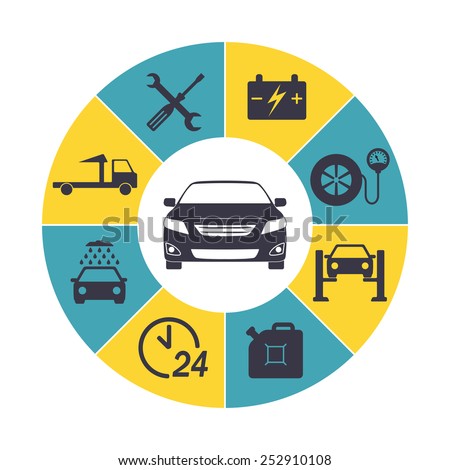Interpreting Your Vehicle'S Alert Lighting: Their True Ramifications
Interpreting Your Vehicle'S Alert Lighting: Their True Ramifications
Blog Article
Material By-Hartley Winters
When you're behind the wheel, those glowing caution lights on your control panel can be a little bit perplexing. Do you recognize what they're trying to inform you regarding your car's health and wellness? Recognizing the significance of these lights is essential for your safety and the long life of your vehicle. So, the following time among those lights turns up, wouldn't you wish to analyze its message precisely and take the needed steps to resolve it?
Common Warning Lights and Interpretations
Determine typical warning lights in your vehicle and understand their meanings to make sure risk-free driving.
One of the most typical caution lights consist of the check engine light, which signifies problems with the engine or exhausts system. If this light begins, it's important to have your car inspected quickly.
The oil stress alerting light shows reduced oil pressure, calling for prompt attention to prevent engine damage.
A blinking battery light could suggest a damaged charging system, potentially leaving you stranded if not resolved.
The tire pressure tracking system (TPMS) light notifies you to reduced tire stress, influencing car stability and fuel effectiveness. Neglecting this might bring about hazardous driving problems.
The abdominal light indicates an issue with the anti-lock stopping system, endangering your capability to stop promptly in emergency situations.
Last but not least, the coolant temperature level cautioning light warns of engine overheating, which can cause serious damages if not fixed promptly.
Understanding these common warning lights will aid you resolve issues promptly and maintain safe driving problems.
Relevance of Prompt Focus
Understanding the common caution lights in your cars and truck is only the very first step; the significance of immediately addressing these warnings can not be emphasized enough to guarantee your safety on the road.
When https://gunnerjeavp.madmouseblog.com/10676787/automobile-outlining-trends-ahead-what-to-anticipate-over-the-next-5-years brightens on your dashboard, it's your vehicle's method of communicating a prospective problem that requires attention. Disregarding these warnings can cause a lot more serious problems later on, endangering your safety and possibly costing you more out of commission.
Trigger focus to advising lights can avoid failures and mishaps. For instance, a flashing check engine light can indicate a misfire that, if left unattended, can trigger damages to the catalytic converter. Resolving this without delay can save you from a costly repair.
In a similar way, a brake system cautioning light may signify low brake fluid or used brake pads, important parts for your safety when driving.
Do It Yourself Troubleshooting Tips
If you discover a warning light on your control panel, there are a couple of do it yourself fixing ideas you can try prior to seeking professional aid.
https://www.kbb.com/car-news/jeep-stops-selling-2022-grand-cherokee-while-it-works-on-electronic-glitch/ is to consult your car's handbook to comprehend what the particular warning light indicates. In visit the next website page can be as simple as a loosened gas cap triggering the check engine light. Tightening up the gas cap might resolve the problem.
One more usual problem is a reduced battery, which can activate different alerting lights. Checking the battery connections for deterioration and ensuring they're protected might take care of the trouble.
If a caution light continues, you can attempt resetting it by separating the vehicle's battery for a few mins and then reconnecting it. Furthermore, examining your car's liquid degrees, such as oil, coolant, and brake fluid, can assist troubleshoot alerting lights connected to these systems.
steam cleaning car
To conclude, recognizing your cars and truck's warning lights is important for maintaining your lorry running smoothly and securely. By without delay addressing these signals and recognizing what they indicate, you can stay clear of costly repairs and prospective malfunctions.
Remember to consult your car's handbook for certain information on each alerting light and do something about it as necessary to ensure a trouble-free driving experience.
Remain educated, remain safe when traveling!
